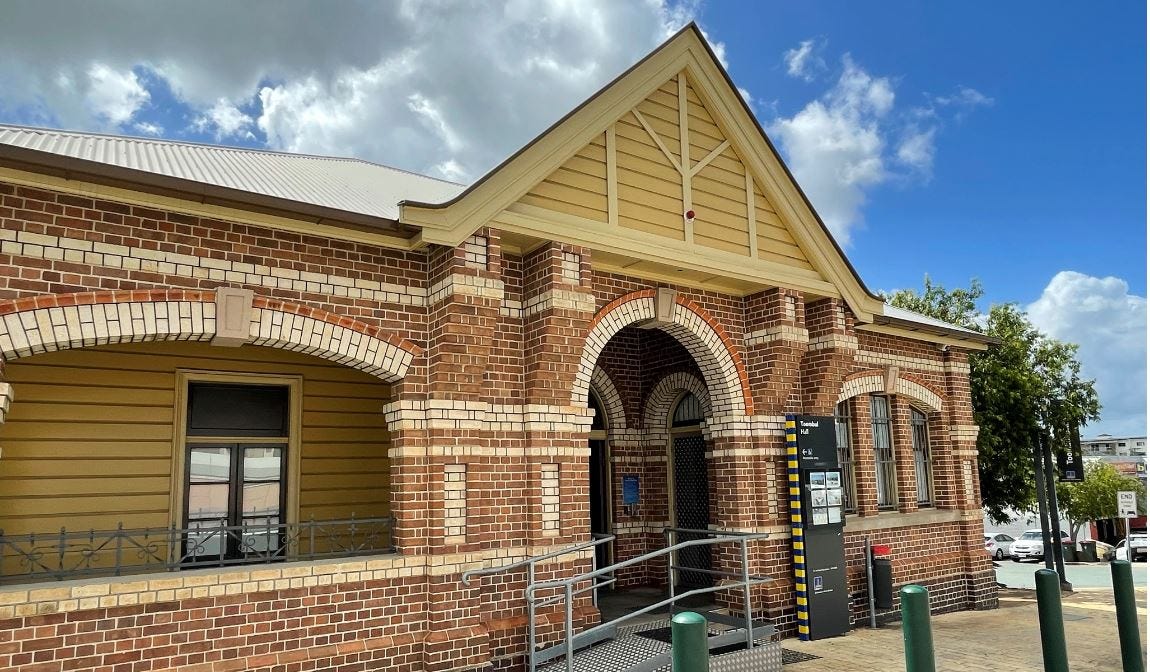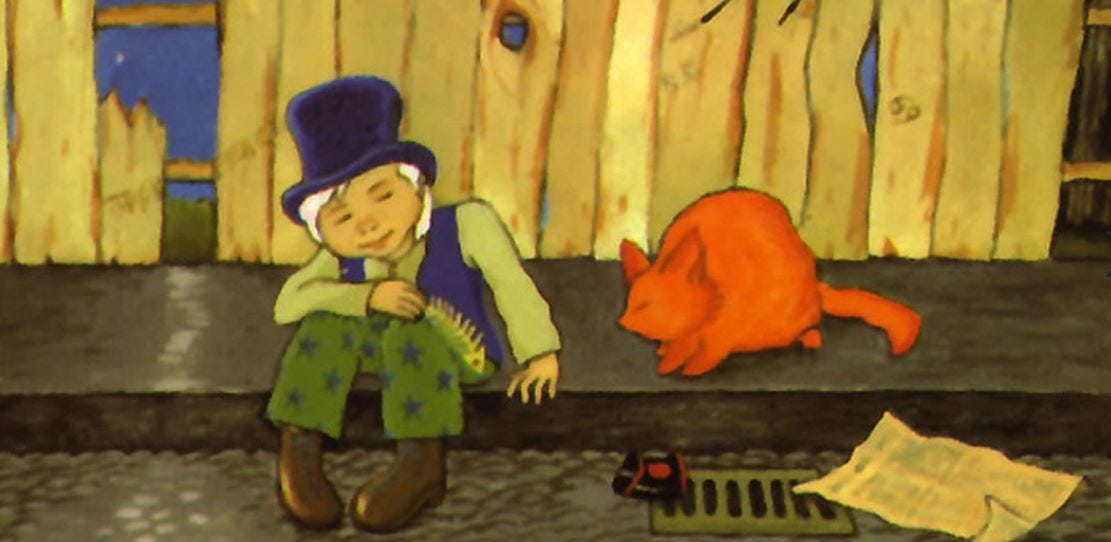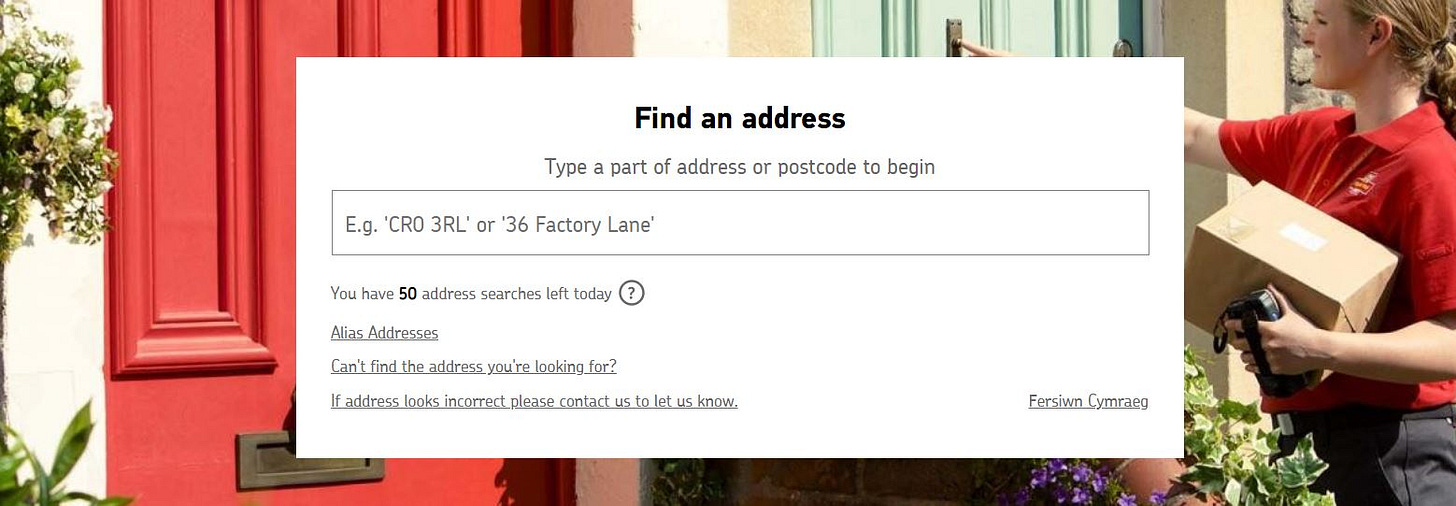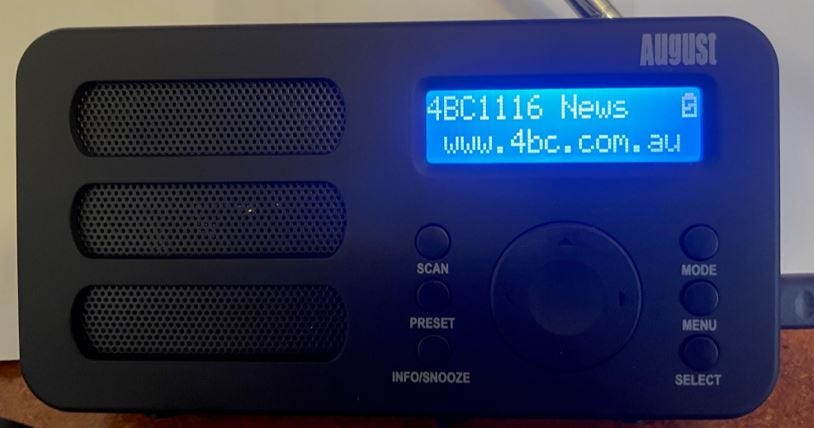Mister Brisbane: Lost shires
Is our city too big? Is service a thing of the past? What's on the airwaves?
A couple of weeks ago, while waiting for my new car to have its first service, I was wandering around Nundah and I came across the Toombul shire hall (above). It reminded me that Brisbane used not to be a contiguous council area. In fact, Brisbane as we know it has been around for less than 100 years.
On October 1, 1925, the new city of Brisbane was established, amalgamating the previous cities of Brisbane and South Brisbane, the towns of Hamilton, Ithaca, Sandgate, Toowong, Windsor and Wynnum, and the shires of Balmoral, Belmont, Coorparoo, Enoggera, Kedron, Moggill, Sherwood, Stephens, Taringa, Tingalpa, Toombul and Yeerongpilly. Now most of those names are familiar as suburbs — except Stephens, which was based around Yeronga, Annerley and Fairfield. It was named after Thomas Stephens, a Brisbane town councillor and state parliamentarian. The only remnant of the district’s name is the Stephens Croquet Club in Yeronga Park, while the former shire hall is now a private residence.
Due to the amalgamation, Brisbane is the largest city in Australia by geographic area, and one of the biggest local-government administrations in the world. Its 1.25 million population dwarfs that of the entire state of Tasmania, which has just 515,000 people. The Lord Mayor and our 26 councillors are in charge of an enormous budget. In fact, even nearby Moreton District Council — Brisbane’s little brother — has plans for a bigger economy than Tassie.
This raises a few questions, including: Is Brisbane too big? Can one local administration serve the needs of so many people across such a big area? Do we need to be more like Sydney, which has 35 local councils, or Melbourne, with 31? Are the people of, say, Brighton in the same community of interest as those in Burbank? Do Manly, Mt Gravatt and Moggill residents want or need the same things? Are Ferny Hills folk on the same page as those in Forest Lake? Should we return to the days of hyperlocal councils — or, at the other extreme, do we even need councils at all?
Tune in to the Mister Brisbane radio show on Reading Radio at 1296AM and on DAB+ in Brisbane at 6.30pm on Tuesday nights. It’s also available as a podcast. Just search for “Mister Brisbane” on your favourite player or follow this link.
CAT’S BACK
I grew up with the sounds of Cat Stevens, because one of my sisters was a big fan. Maybe it was the artwork on the cover of the albums Tea for the Tiller Man and Teaser and the Fire Cat (detail, above) that stuck in my head. Or, more likely, it was the brilliant songs such as Father and Son, Peace Train, Moonshadow and Wild World that left a lasting impression. Some people were concerned when Cat Stevens became Yusuf Islam. Maybe they’d forgotten that it wasn’t the first name change: he was originally Steven Demetre Georgiou. While the man himself is performing his own music again after a long hiatus, others are also playing his songs to great acclaim. And they include Darren Coggan who’ll be bringing his popular Remember the Days show to QPAC on February 27. He’ll be accompanied by the Firecats band and a string quartet. Details here.
TIME TUNNEL
A friend noted on Facebook that he had done something at 12pm. I assue from the context that he meant the time also known as noon or midday, not midnight. But it’s confusing for many people. There seems to be no real consensus on the meaning of 12am and 12pm, and that’s why most newspapers avoid using those times altogether. So, it seems, does the military. My googling on this matter came up with this gem from, James Eedle, a reader of The Guardian who used to be in the RAF:
Working on the 24-hour clock meant that there was no difficulty with midday - 1200 hours - but the Air Force could not countenance 0000 hours for midnight. We were instructed that the Air Force day began at 0001 hours and ended at 2359 hours. The two minutes between were ours to use as we liked.
CODED CARRY-ON
My item about post codes last week generated a lot of interest on social media. Rae and Peter sent examples of post codes that are shared by places hundreds of kilometres apart. Aleisha noted that post codes are sometimes used to determine eligibility for government services, and pointed to this story about Blackbutt and parts of Ipswich sharing a post code even though they don’t even have a common border. The situation was rectified in 2018, but it’s still defies logic how it happened in the first place.
Post codes were introduced in Australia in 1967 — four years after the superior ZIP system in the United States and eight years after the current British system was first trialled (it was finalised in 1974). The Royal Mail keeps an electronic file of all postcodes and it is updated thousands of times a day. It has become a valuable resource that’s been monetised. So, how did we end up, and why do we persist, with such a flawed model?
WHAT’S THE FREQUENCY?
On the subject of number and letter combinations, Trevor pointed out in a recent discussion how the convention for naming radio stations is breaking down. Even though they may use other names, all broadcasters have a designated call sign. For example, B105 is actually 4BBB; Triple M Brisbane is 4MMM; Nova 106.9 is 4BNE. The system is supposed to be two letters for AM stations (thus, 4BC, 4KQ and 4BH) and three for FM stations. Of course, with radio now also delivered by DAB+ and online streaming, the distinction between AM and FM is becoming irrelevant. And, as Trevor notes, 4EB is an FM station (it used to be on the AM dial) and 4RPH (now Reading Radio and the home to the Mister Brisbane show) has always been an AM station.
It used to be a requirement that the station broadcast its official callsign at least once a day, but I don’t know if that is still the case. They aren’t really necessary because most radios or other listening devices display the name the stations chooses to use. Also, the numbers are largely irrelevant — except for branding purposes — because they refer to the FM and AM frequencies rather than the new digital ones. All DAB+ stations use just three VHF frequencies: 9A (202.928Mhz), 9B (204.64Mhz) and 9C (206.352Mhz).
FEEDBACK
It’s all about the scones this week, and specifically the fact that I spread the cream before the jam. Peter tweeted: “Listening to the latest @misterbrisbane podcast on the way to work and can confirm @debritz was wrong, very wrong. Would have had a frown and a quiet ‘titch’ noise from my Nan. Jam first, cream second.”
Matt said he “didn’t realise cream or jam first was a regional difference. I’m always cream first too, no idea why though. My recent dislike of cafe scones though is that they’ve become more like cakes than the small, light and fluffy things I remember.”
Steve said: “You should have been asked to leave the establishment immediately.” Anthony suggested that I “follow the Devo tradition rather than the Devon. When you have cream, before the cream sets out too long you must whip it — whip it good!” Jill said I should spread the jam before the cream, otherwise it will slide off.
Scott wrote: “Jam first. I can't believe we're even debating it.” But Fleur noted: “Always cream first. You wouldn’t put jam on toast before buttering it - right?!”
Blair just called me a bad man.
I also received some comments about trendy language, which I’m holding over until next week.
FOOTNOTE
A friend on Twitter wanted to know the singular of Weet-Bix, suggesting “Weet-Bick” as the answer. I don’t know, but I do know that whoever wrote the FAQs on the official Weet-Bix website can’t spell the Brisbane suburb where the product is made.








